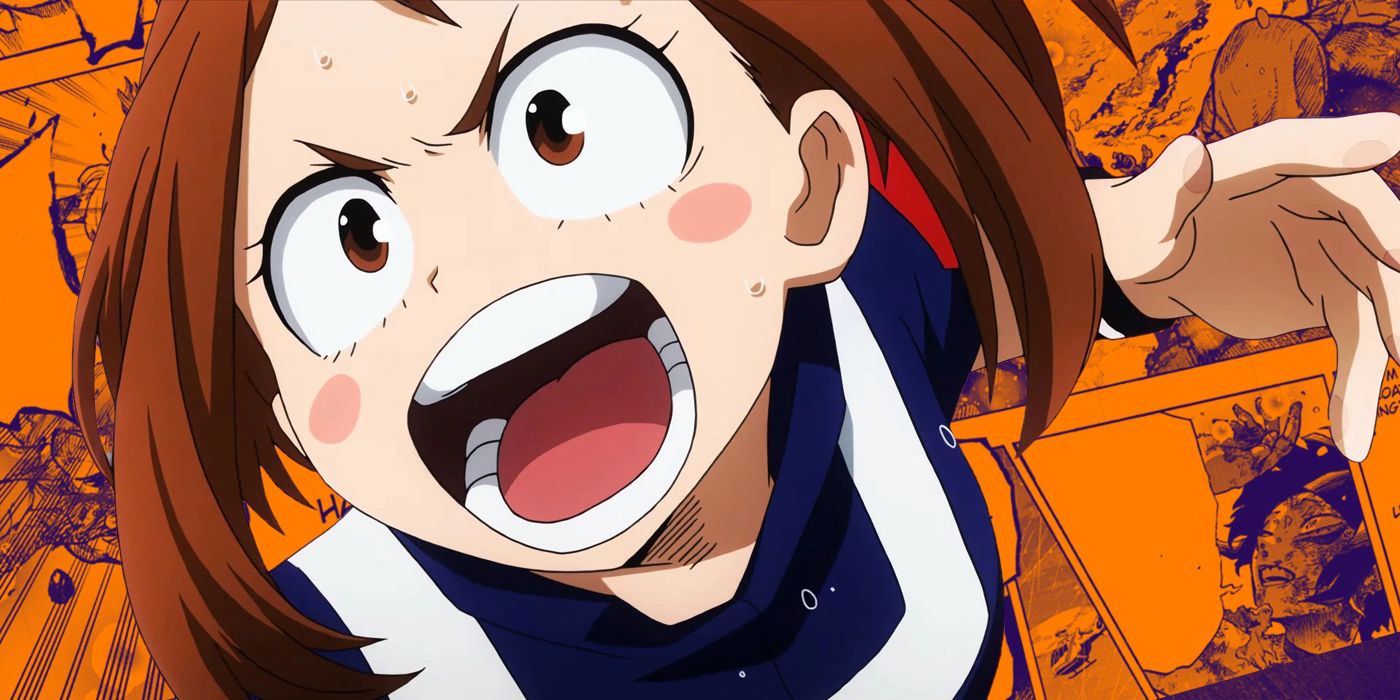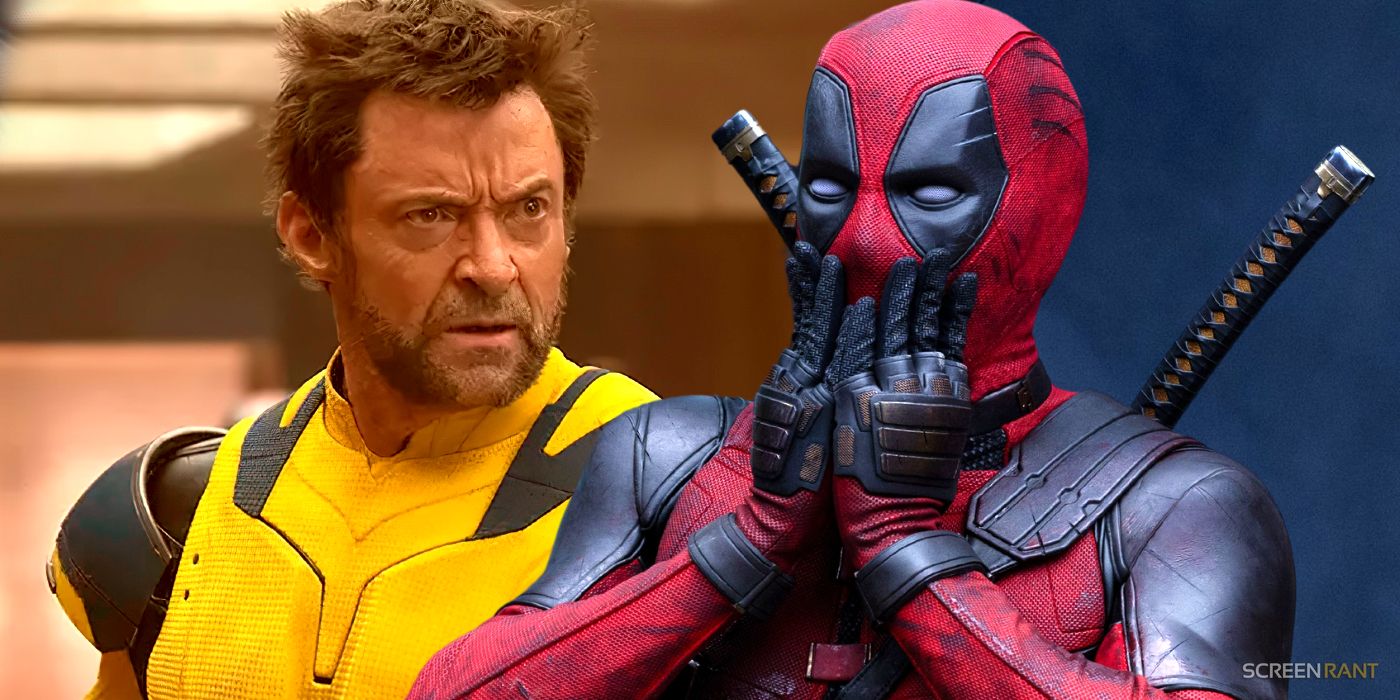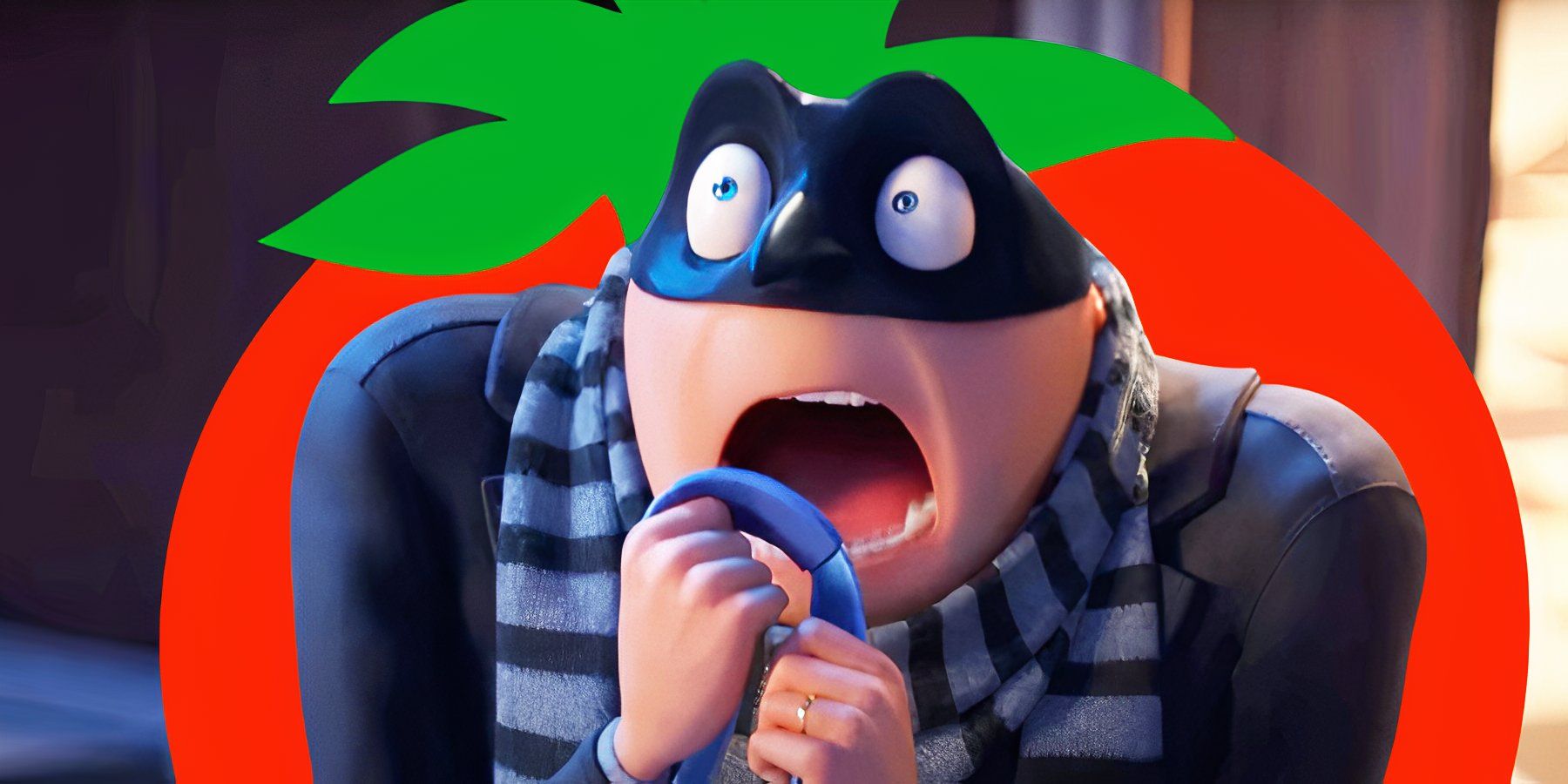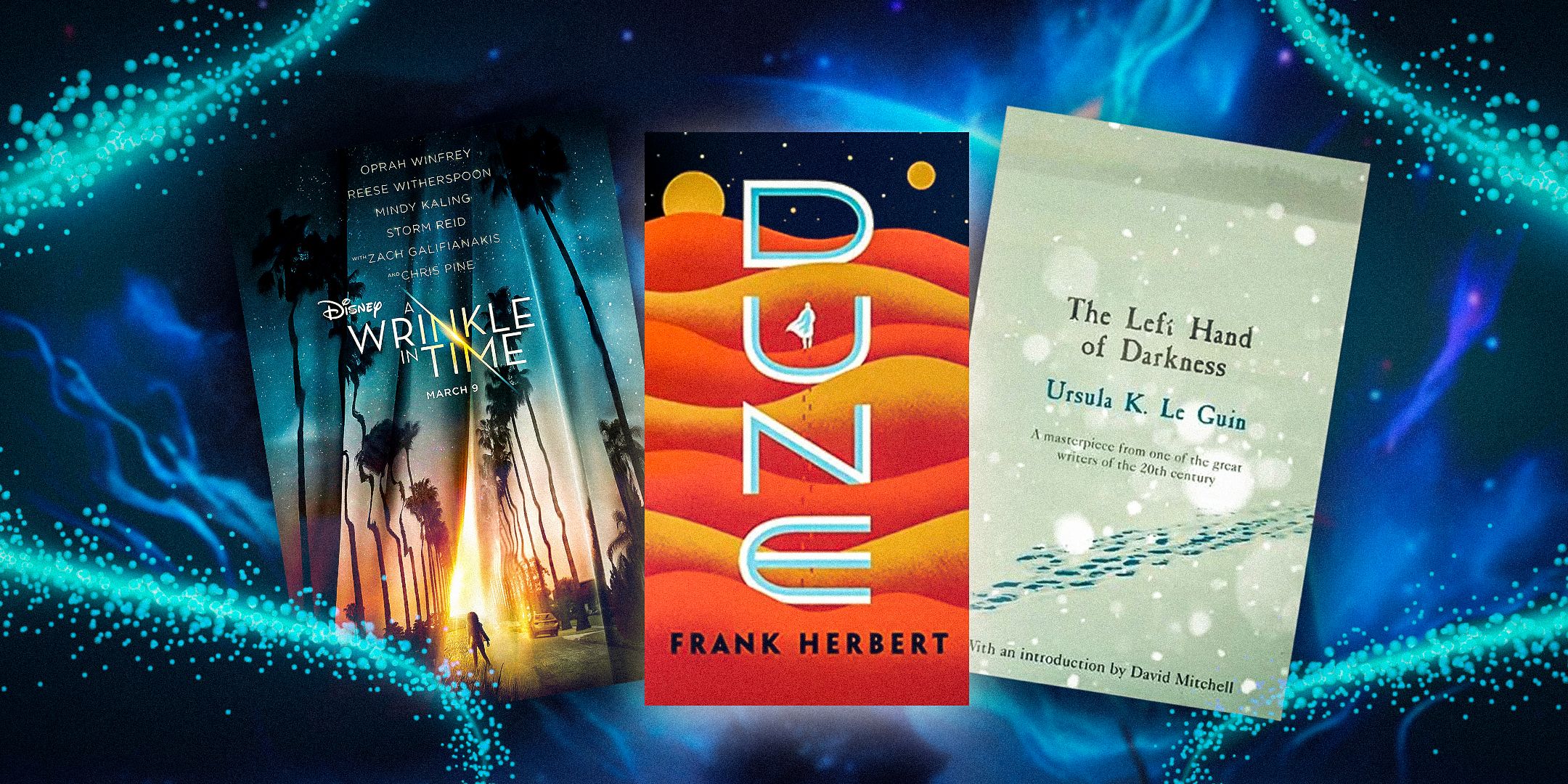The comic medium is fairly well-regarded in countless countries as a different method of storytelling, but France and Belgium have become particularly well-known for having a greater respect for comics. While the U.S. gets most of its biggest stories from publishers such as Marvel and DC, manga in Japan has become a major part of the culture with countless volumes releasing every year. However, Franco-Belgian comics are a different topic altogether, as French and Belgian people see the medium as a respectable art form.
Bandes Dessinées (or BDs for shorts) are a specific branch of comics that come from France and Belgium. Some of the most notable creations from this region have included Hergé’s classic adventure comic The Adventures of Tintin and Peyo’s iconic fantasy series The Smurfs.
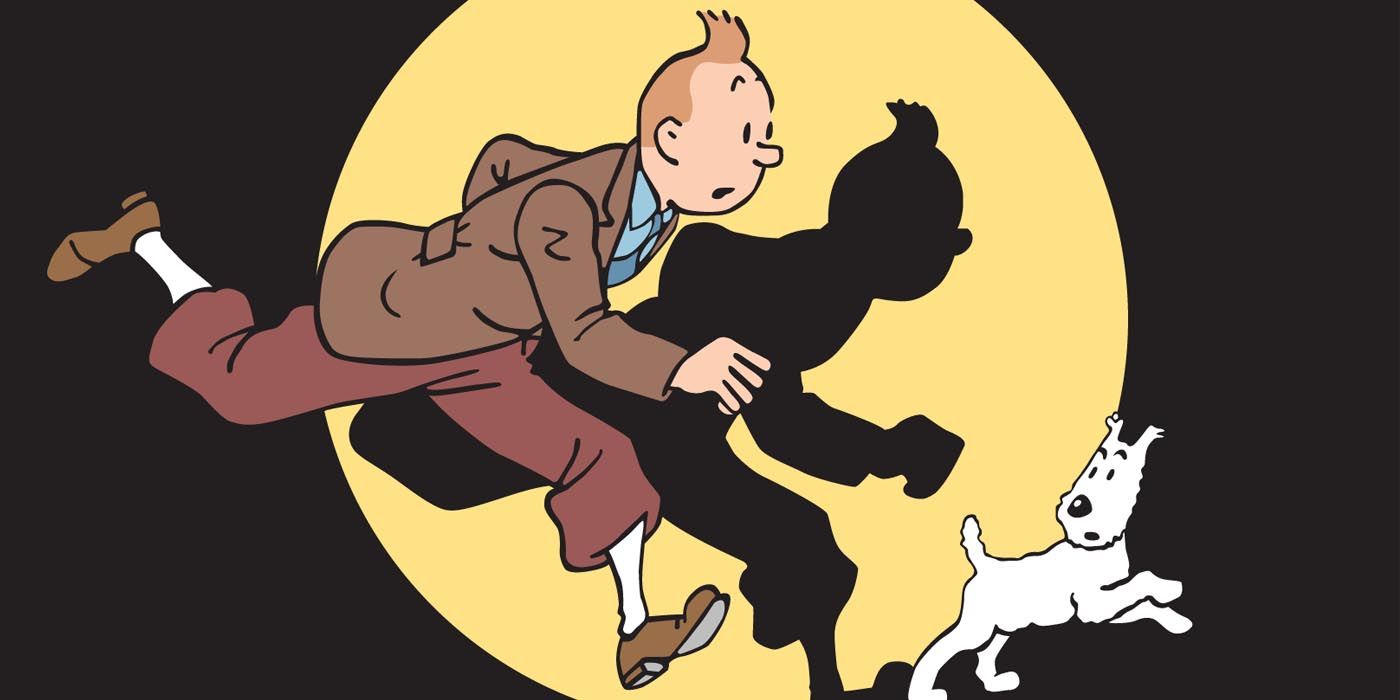
Unlike most comics around the world, these stories have become heralded as part of the Franco-Belgian identity. This has made the timeless characters become ingrained in French and Belgian culture to the point that they have become as famous as the biggest celebrities in Hollywood. In fact, Belgium added some of its most notable comics to its official passports in 2022 as a show of respect for how important these characters are to the Franco-Belgian identity.
French & Belgian Comics Have Origins in Satire
Something that’s important to note about modern Franco-Belgian comics is that the concept of the Bande Dessinée is fairly modern. The 20th century is when the movement that cemented comics as the “Ninth Art” truly began. However, this doesn’t mean it sprang up out of nowhere. According to Comics Crash Course, the origins of the modern BD movement go as far back as the 19th century with satirical magazines such as La Caricature. These early comics served as a way for journalists and writers to mock political happenings under the rule of King Louis-Philippe I, who had a strong distaste for the way that he was being portrayed. While political satire was eventually banned by the king, artists would find ways to use the illustrated medium to satirize other aspects of modern life, eventually turning to culture. This is where the concept of a modern BD comic came from, as culture became the main draw for establishing a connection with readers.
Hergé & Tintin Sparked the Modern Bande Dessinée Movement
While the term “Bande Dessinée” wouldn’t arrive until the mid-20th century, Hergé and his iconic comic series The Adventures of Tintin are frequently credited as the first major spark in the modern BD movement. The very first strips featuring the character would appear in newspapers beginning in 1929, before they eventually got their own series beginning in the 1940s. Matthew Screech explains in his 2005 work Masters of the Ninth Art: Bandes dessinées and Franco-Belgian Identity that Tintin served as a calling to citizens of France and Belgium to bring together their “shared language, history, culture, current affairs and even geography” through the medium. This established the comic medium as a major source for exploration of French and Belgian life through colorful characters and exciting adventures that also celebrate Franco-Belgian culture.
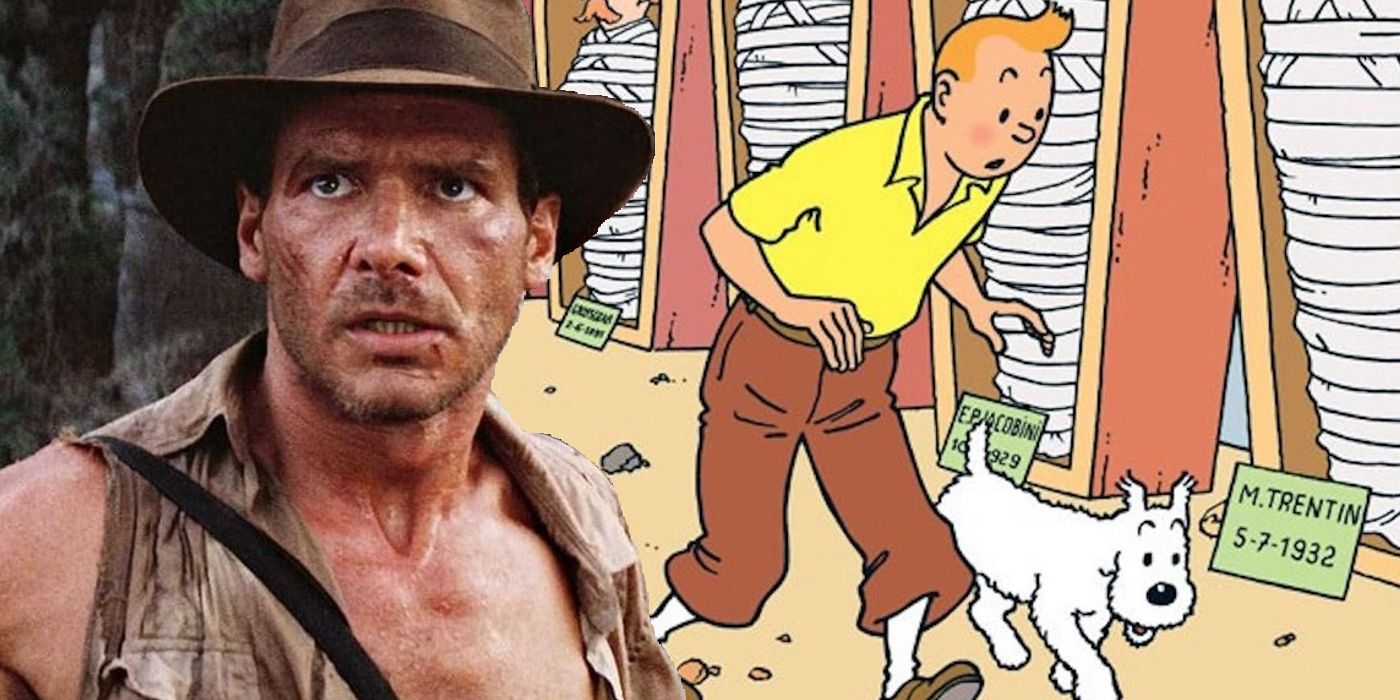
Indiana Jones Meets Tintin in Pitch Perfect Mashup Fanart
In an unexpected yet welcomed mashup, a work of fanart by Adam Murphy pairs together Tintin and Indiana Jones for a pitch perfect crossover.
Artists Follow Tintin’s Example, Creating the Bande Dessinée
Following Tintin’s success, more creators began to follow Hergé’s example with their own comics that gave insight into Franco-Belgian culture. The comic Spirou & Fantasio put its own spin on the adventure serial, while its spin-off Gaston provided a more grounded scenario of an accident-prone worker in an office space that connected with readers because of its relatability. Astérix became France’s biggest comic for its humorous portrayal of French and Gaul history during the time of the Roman Empire. Even The Smurfs found success for its unique take on fantasy with its lovable blue characters fending off the evil Gargamel. In fact, the beloved Smurf characters were so popular that they made their way outside of France and Belgian to become worldwide icons. This widespread movement of comics in the Franco-Belgian reason gave rise to the concept of the Bande Dessinée, and as a whole brought the people of France and Belgium together through their love of these artistic stories.
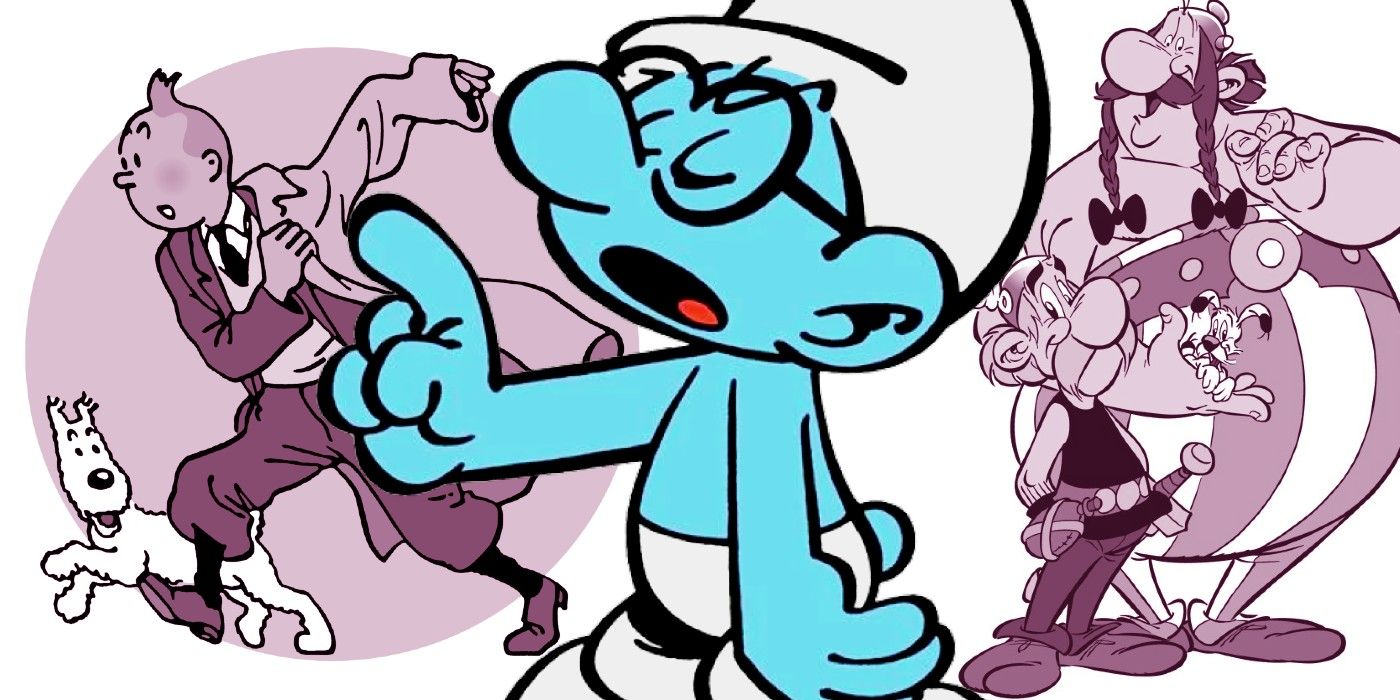
10 Best French and Belgian Comics: From The Smurfs to Blue is the Warmest Color
Known as the ‘the Ninth Art,’ Franco-Belgian comics have major variety, from the fun of The Smurfs to the tragic romance of Blue Is the Warmest Color
Bandes Dessinées Continue to Flourish Today
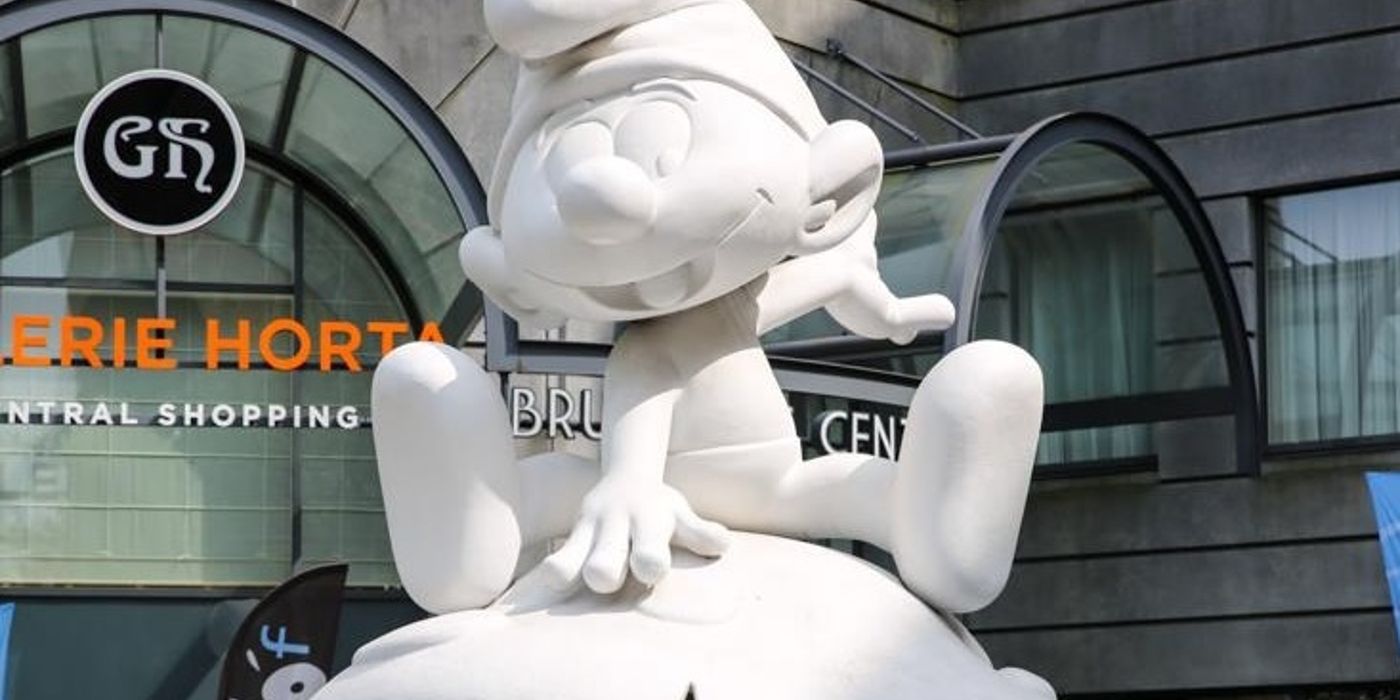
What’s incredible about Franco-Belgian comics today is that the modern BD movement never truly ended. In fact, it’s going stronger than ever. Characters from The Adventures of Tintin, Astérix and The Smurfs are more popular than ever before, with their fame equaling the likes of Mickey Mouse in the U.S. with statues, amusement parks and passports dedicated to them. Many are still in print today, as Spirou & Fantasio, Gaston, The Smurfs, Astérix and more continue to see success long after they started in the 20th century. Some have even found their way to the silver screen with Astérix taking part in a franchise that now has several sequels with its most recent film hitting Netflix in 2023 with Astérix & Obelix: The Middle Kingdom. This celebration of culture between the French and Belgian people has seen critics consider it to be the “Ninth Art” in the region because of its ability to connect with fans across the two countries.
Comics will always have a place in modern culture, regardless of where fans read them. Iconic characters like Spider-Man, Superman, Goku and more will continue to find success worldwide as long as fans continue to read their stories. However, the amount of respect France and Belgium have for the medium is astounding, as they continue to see comics as more than just another means of entertainment, but rather a cultural phenomenon that helped join two countries and celebrated the culture they share in a meaningful way.
Sources: Comics Crash Course, Matthew Screech
